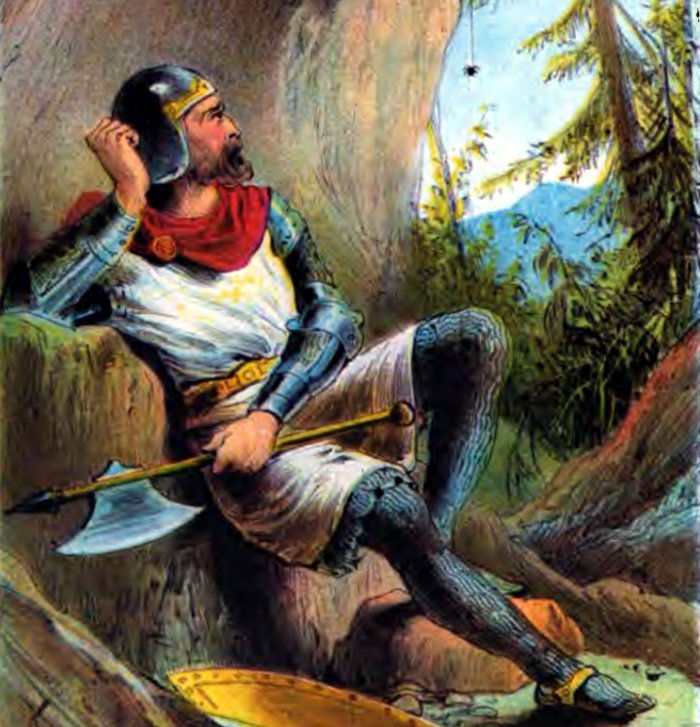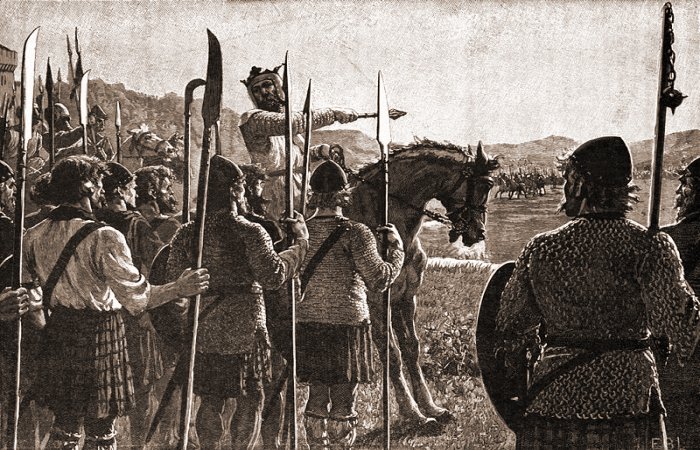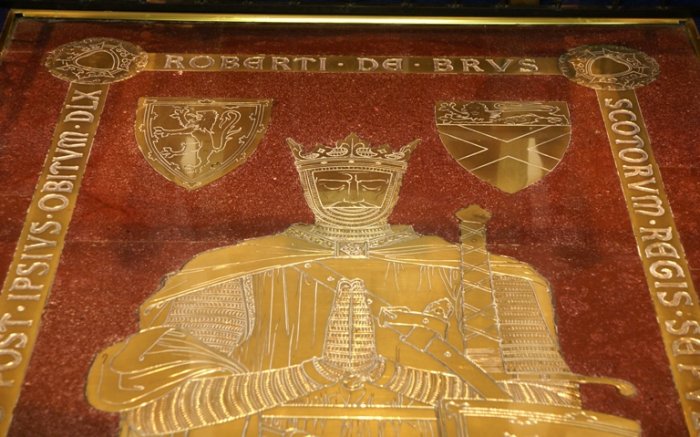Robert The Bruce: Mighty King Of Scots And Great Scottish Hero
Ellen Lloyd - AncientPages.com - He became the King of Scots and fought one of the most significant battles in English and Scottish history. He was a target of a manhunt and had to hide in the Highlands. He murdered his rival in a Church and was excommunicated by the Pope.
Robert the Bruce. Stirling Castle, Stirling, Scotland - Image credit: Otter - source
It is the story of the mighty King of Scots - Robert the Bruce. Inspired by a spider, Robert the Bruce gained new strength and returned to seek revenge.
Robert I, popularly known as Robert the Bruce, was born on July 11, 1274, at Turnberry Castle into the Scottish nobility. He was one of the greatest Scottish heroes and reigned as the King of Scots until he died in 1329. He led Scotland during the Wars of Scottish Independence against the English, claiming the Scottish throne in 1306 as the fourth great-grandson of David I of Scotland. He was the King who lived to see Scotland as an Independent Nation.
First Interregnum In Scotland - A Time Without A Successor To The Throne Of Scotland
Robert, the Bruce family, were not native Scots. His mother's family was of Scots Gaelic descent, and his father, who had come over to England with the army of William the Conqueror, had roots in Normandy.
William the Conqueror rewarded Robert's father by granting him lands in Yorkshire, but the family had added to this inheritance by acquiring many lands in Huntingdonshire and Annandale, Scotland.
During the First Interregnum (1290-1292), a historical period when there was no successor to the Scottish throne, the family of Robert the Bruce strengthened their position in the country. Bruce's grandfather was one of the claimants to the Scottish throne.
Bruce reading stories to his followers; from a 19th-century Scottish history book. Marshall, H. E. (Henrietta Elizabeth), b. 1876. Published 1907 - Public Domain
The English King, Edward I, authorized to arbitrate in the dispute and chose John Balliol to be King, which Bruce and his father did not accept. Balliol was considered to be a puppet King, deliberately set up to be manipulated by the formidable Edward and to rule Scotland according to his wishes.
Second Interregnum And A Long Period Of Many Battles
Edward then ruled Scotland as a province of England. Robert, the Bruce family, decided instead to support King Edward I's invasion of Scotland in 1296 to force Balliol to abdicate. It led to the Second Interregnum when Scotland had no king for ten years. A series of governors instead ruled the country. Edward I, King of England, sought to take advantage of the situation to bring Scotland under English control.
Various battles began, and this period of warfare between the Scots and England - known as the Wars of Independence - lasted until the 1320s.
Robert the Bruce Murdered His Rival For The Throne
Robert's claim to the throne of Scotland derived from his great-grandmother, Isabella, the daughter of David, Earl of Huntingdon, and grandson of David I.
Robert the Bruce, in a cave, watching a spider. source
When Robert's father died in 1304, he made a pact with John Comyn the Red, the nephew of John Balliol, an English baron, about the succession to Scotland's throne.
He sought revenge, and in 1306, at an arranged meeting at the Greyfriars church in Dumfries, he murdered his only possible rival for the throne, John Comyn. Comyn betrayed Bruce by informing the English King of their secret plans. As a result, Bruce narrowly escaped capture by the English.
The Pope was furious when he learned the killing had occurred within the church, and Robert the Bruce was excommunicated for this sacrilege. Nevertheless, he was crowned King of Scotland a few months later.
In 1320, due to continued harassment by Edward II, Scottish nobles and churchmen signed the Declaration of Arbroath, declaring Robert the rightful King of Scotland. The Pope later also recognized Robert de Bruce as King.
King Robert The Bruce Had To Hide In The Highlands
King Edward, I regarded the Bruce murder of John Comyn. The English King sent an army north to deal with the renegade.
Bannockburn: Bruce Reviewing His Troops Before the Battle. Image credit: Edmund Leighton - Public Domain
The Scots encountered the English forces at Methven near Perth, but they lost the battle, and victory went to the Englishmen. King Robert the Bruce was now a chase target and was forced to seek refuge in the remote Scottish Highlands.
Inspiration Came From A Spider
He retreated into his cave, where he one day observed a persistent spider make six attempts to spin a web along the roof before finally succeeding. What he saw inspired him to continue his heroic struggle against English domination.
He dispatched his family to the Orkney Islands for their excellent safety. Elizabeth de Burgh and other family members were captured by the English en route and taken prisoner. His twelve-year-old daughter was imprisoned in the Tower. Some of the female members of his family, including his sister, Christina, suffered the humiliation of being held suspended in cages in full public view by King Edward. His three younger brothers, Thomas, Alexander, and Niall, were all executed.
Melrose Abbey where Robert the Bruce's heart is buried. Image credit: Clans and Castles
Once again, Robert the Bruce sought revenge, and he got it.
In 1307, he mounted a surprise attack on the English forces at Carrick. King Edward responded by sending another army north to deal with the rebel Scots. Hiding in the hills, Robert de Bruce began a guerilla war. King Edward, I decided to march to Scotland again to deal with Robert the Bruce himself.
Dunfermline Abbey, Fife, Scotland - Brass plate covering the tomb of Robert the Bruce in The Abbey Church. Image credit: Otter - CC BY-SA 3.0
However, King Edward I was now aged and in poor health. He died at Burgh-on-Sands, Cumberland, and was buried at Westminster Abbey, the mausoleum of the English Kings, with the epitaph 'The Hammer of the Scots.
Battle Of Bannockburn - One Of The Most Important Battles In British History
The new English King, Edward II, was weaker than his father. On June 24, 1314 one of the most critical battles in British history took place on Mid-Summer's Day - the Battle of Bannockburn.
The armies of Robert Bruce were heavily outnumbered by their English rivals, but employing tactics that prevented the English military from effectively engaging its strength won a decisive victory at Bannockburn. Scotland was wrenched from English control, its armies free to invade and harass northern England.
Bruce's military success allowed him to invade Ireland, where his brother Edward had been crowned King by the exuberant Irish. A second expedition carried out by King Edward II north of the border was driven back. King Edward was forced to seek peace.
Treaty Of Edinburgh - Northampton – Scotland Becomes An Independent Kingdom
The English made peace with Scotland when Edward II was deposed as King in 1327. In May 1328, King Edward III of England signed the Treaty of Edinburgh-Northampton, recognizing Scotland as an independent kingdom.
Robert died on June 7, 1329, at the Manor of Cardross, near Dumbarton. His body is buried in Dunfermline Abbey. On the other hand, Sir James Douglas took his embalmed heart on a crusade to Spain to fight against the Moors. But Douglas was killed during the campaign, so, fortunately, Robert's heart in its silver casket was returned to Melrose Abbey.
Robert the Bruce and Sir William Wallace became a symbol of Scottish resistance to English domination, and both were considered great Scottish heroes.
Written by - Ellen Lloyd – AncientPages.com
Updated on July 12, 2024
Copyright © AncientPages.com All rights reserved. This material may not be published, broadcast, rewritten or redistributed in whole or part without the express written permission of AncientPages.com
Expand for referencesMore From Ancient Pages
-
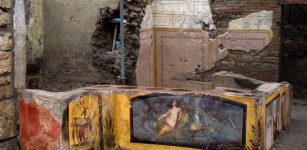 Remarkably Well-Preserved Thermopolium With Frescoes, Food, And Jars Discovered In Pompeii
Archaeology | Dec 28, 2020
Remarkably Well-Preserved Thermopolium With Frescoes, Food, And Jars Discovered In Pompeii
Archaeology | Dec 28, 2020 -
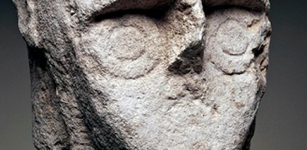 Giants Of Monte Prama – Mysterious Ancient Statues With Unearthly Eyes
Artifacts | Aug 31, 2018
Giants Of Monte Prama – Mysterious Ancient Statues With Unearthly Eyes
Artifacts | Aug 31, 2018 -
 The Fierce Great Heathen Army And The Invasion Of East Anglia
Vikings | Aug 8, 2022
The Fierce Great Heathen Army And The Invasion Of East Anglia
Vikings | Aug 8, 2022 -
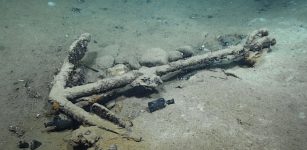 207-Year-Old Whaling Shipwreck Discovered In Gulf Of Mexico
Archaeology | Mar 23, 2022
207-Year-Old Whaling Shipwreck Discovered In Gulf Of Mexico
Archaeology | Mar 23, 2022 -
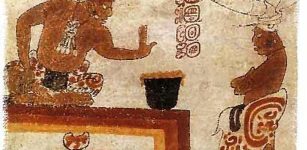 Chocolate Was Invented In Mesoamerica 1900 B.C.
Ancient History Facts | Jan 17, 2016
Chocolate Was Invented In Mesoamerica 1900 B.C.
Ancient History Facts | Jan 17, 2016 -
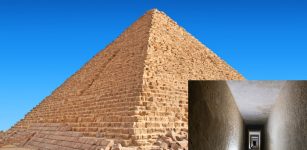 Long Mysterious Tunnel Discovered Inside The Khufu Pyramid
Archaeology | Mar 2, 2023
Long Mysterious Tunnel Discovered Inside The Khufu Pyramid
Archaeology | Mar 2, 2023 -
 Ancient Treasure Hidden In Perplexing Secret Underground Labyrinth In France – Discovery And Forbidden Excavations – Part 2
Ancient Mysteries | Jan 19, 2020
Ancient Treasure Hidden In Perplexing Secret Underground Labyrinth In France – Discovery And Forbidden Excavations – Part 2
Ancient Mysteries | Jan 19, 2020 -
 Yak Milk Consumption Among Mongol Empire Elites – New Study
Archaeology | Apr 1, 2023
Yak Milk Consumption Among Mongol Empire Elites – New Study
Archaeology | Apr 1, 2023 -
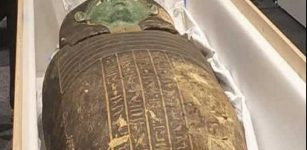 Egypt Recovers Ancient Wooden Coffin From Houston Museum In The US
Archaeology | Oct 4, 2022
Egypt Recovers Ancient Wooden Coffin From Houston Museum In The US
Archaeology | Oct 4, 2022 -
 First Detailed Academic Study Of East African Maritime Traditions Shows Changes In Boatbuilding
Archaeology | May 11, 2022
First Detailed Academic Study Of East African Maritime Traditions Shows Changes In Boatbuilding
Archaeology | May 11, 2022 -
 Native American Population Does Not Originate In Japan – Genetics And Skeletal Biology Questioned
Archaeology | Nov 15, 2021
Native American Population Does Not Originate In Japan – Genetics And Skeletal Biology Questioned
Archaeology | Nov 15, 2021 -
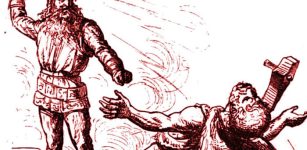 Giant Hrungnir Who Lost The Race And Engaged In A Deadly Duel With Mighty Thor In Norse Mythology
Featured Stories | Sep 19, 2018
Giant Hrungnir Who Lost The Race And Engaged In A Deadly Duel With Mighty Thor In Norse Mythology
Featured Stories | Sep 19, 2018 -
 Beware Of The Shapeshifting Gaelic Bodach Who May Be Difficult To Trick
Christmas Traditions | Dec 20, 2024
Beware Of The Shapeshifting Gaelic Bodach Who May Be Difficult To Trick
Christmas Traditions | Dec 20, 2024 -
 Karahunge – ‘Speaking Stones’ With Secrets – Remarkable Prehistoric Structures Of Armenia
Places | Jun 4, 2020
Karahunge – ‘Speaking Stones’ With Secrets – Remarkable Prehistoric Structures Of Armenia
Places | Jun 4, 2020 -
 What Are The Most Common Misconceptions About Pirates?
Ancient History Facts | Apr 16, 2024
What Are The Most Common Misconceptions About Pirates?
Ancient History Facts | Apr 16, 2024 -
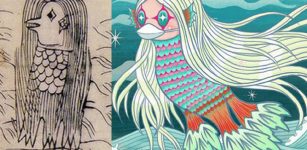 Yokai Amabie – Protective Ancient Spirit That Can Ward Off Epidemics
Featured Stories | Mar 30, 2020
Yokai Amabie – Protective Ancient Spirit That Can Ward Off Epidemics
Featured Stories | Mar 30, 2020 -
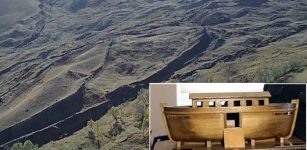 Never Before Seen 3D Images Of Noah’s Ark Finally Revealed To The Public
Archaeology | Nov 17, 2019
Never Before Seen 3D Images Of Noah’s Ark Finally Revealed To The Public
Archaeology | Nov 17, 2019 -
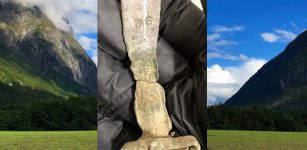 1154 Ancient Holes At Løykja Reveal Something Extraordinary – Archaeologists Say
Archaeology | Jul 17, 2020
1154 Ancient Holes At Løykja Reveal Something Extraordinary – Archaeologists Say
Archaeology | Jul 17, 2020 -
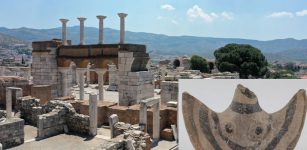 3,200-Year-Old Mycenaean Statuette Sheds New Light On The Hittites
Archaeology | Jun 22, 2022
3,200-Year-Old Mycenaean Statuette Sheds New Light On The Hittites
Archaeology | Jun 22, 2022 -
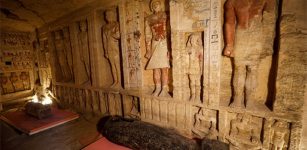 Collection Of 59 Well-Preserved 26th Dynasty Coffins Unearthed In Saqqara Necropolis, Egypt
Archaeology | Oct 4, 2020
Collection Of 59 Well-Preserved 26th Dynasty Coffins Unearthed In Saqqara Necropolis, Egypt
Archaeology | Oct 4, 2020



